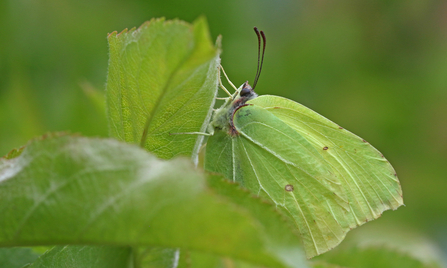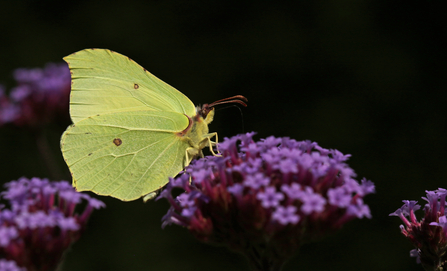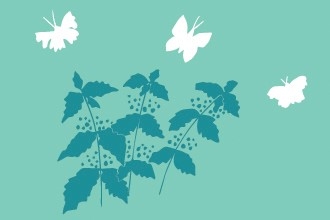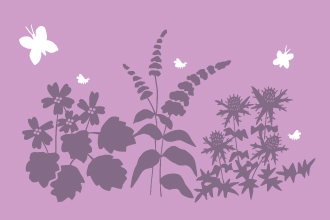It's early March and the sun is shining. The chill hasn't quite left the air but plants are growing, buds are bursting, bees are buzzing, birds are singing...spring is here. And with spring also come butterflies fluttering past. I've yet to see my first of the year but I know that it won't be long before the bright yellow of a brimstone flashes past.
Brimstone butterflies are the most butterley of all the flutterbies. Why? Because it's thought that the name 'butterfly' originates from this colourful species; the phrase 'butter-coloured fly', used to describe the bright yellow colour of the males, became 'butterfly'.






